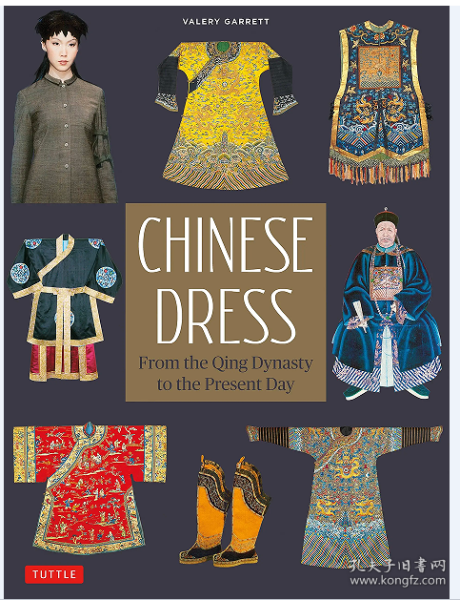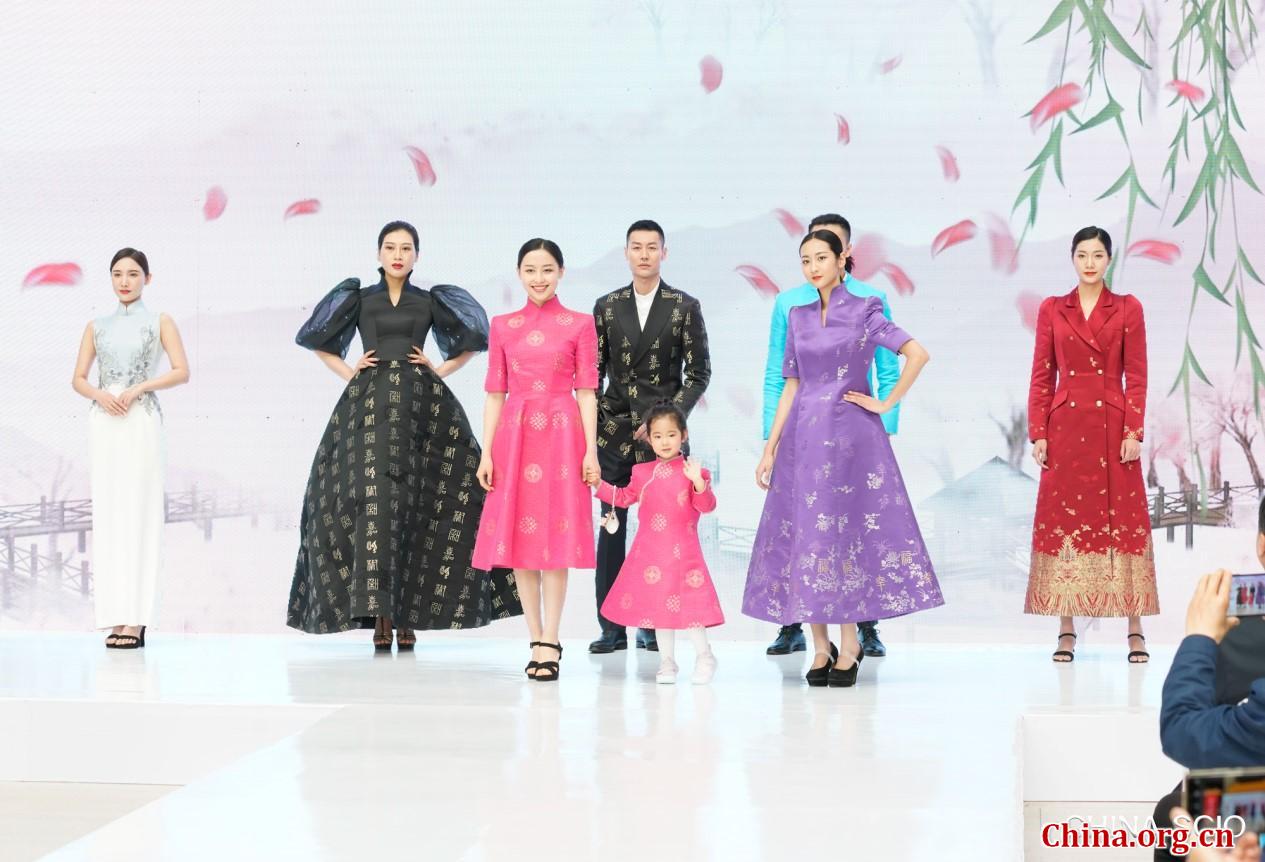Title: The Art of Chinese Fashion: A Cultural Exploration of Womens Traditional Clothing
China, a nation steeped in ancient history and tradition, has given the world an abundance of cultural treasures. Among these is the art of fashion, particularly when it comes to women's traditional clothing. The intricate designs, vibrant colors, and meticulous embroidery that characterize Chinese dress reflect the country's long and storied past, as well as its enduring artistic traditions. In this article, we will explore the rich history and symbolism of Chinese women's traditional clothing, from the elegant qipao to the flowing cheongsam.

Qipao, also known as the cheongsam or mandarin dress, is arguably the most recognizable style of Chinese dress. It originated in the late 19th century as a form-fitting dress for women working in Hong Kong. The qipao's simple yet elegant design featured a high collar and side slits, which allowed for ease of movement while still maintaining a sense of formality. Over time, the qipao evolved into a popular style for both work and leisure, and it remains a beloved symbol of Chinese fashion today.
Another classic style of Chinese dress is the hanfu, which dates back thousands of years to the Han dynasty (206 BCE-220 CE). Hanfu is characterized by its flowing lines, wide sleeves, and intricate patterning made from silk or other delicate materials. While men traditionally wore hanfu, women's versions were often more elaborate, with luxurious fabrics and bold colors. Today, modern interpretations of hanfu are being revived and reinterpreted for contemporary audiences, reflecting both the timeless elegance of this ancient style and the creativity of modern designers.
In addition to qipao and hanfu, there are countless other styles of Chinese dress that reflect the country's diverse regional cultures and traditions. For example, the zhaopai, a style of dress popular in southern China during the Qing dynasty (1644-1911), features a high collar and short hemline, with bold patterns and bright colors. Meanwhile, the tangzhuang style from northern China features looser garments and simpler designs, often with floral patterns inspired by nature.
Beyond its aesthetic appeal, Chinese traditional dress also carries deep symbolic significance. Many of these styles are associated with specific occasions or roles within society, reflecting the hierarchical nature of traditional Chinese culture. For example, the qipao was often worn by women in business or political positions, while the hanfu was associated with scholars or intellectuals. Other styles were associated with particular seasons or events, such as the xiaoshan suit worn during weddings in southern China.

Despite the challenges posed by modernization and globalization, Chinese traditional dress continues to thrive today. In recent years, there has been a renewed interest in these styles among young people in China and around the world, as they seek to connect with their cultural heritage and embrace the beauty of Chinese craftsmanship. Designers are incorporating traditional motifs and techniques into modern pieces, creating innovative fusion styles that blend old and new in exciting ways.
In conclusion, Chinese traditional dress is not just a matter of aesthetics; it is a living testament to a culture that has endured for millennia. From the elegant simplicity of the qipao to the elaborate detail of a handmade cheongsam, each style tells a story about China's rich history and enduring artistic traditions. As we look to the future, we can be confident that these traditions will continue to inspire and captivate generations to come.
Articles related to the knowledge points of this article:
Title: Mastering the Art of Mens Suit and Tie combinations
Feather-Light Cleaning: The Art of Washing Down Jackets
Title: The Evolution of Wedding Ties: From Bow Ties to Suit Ties
Custom Designing of Down Jackets: A Fashion Statement for Winter



